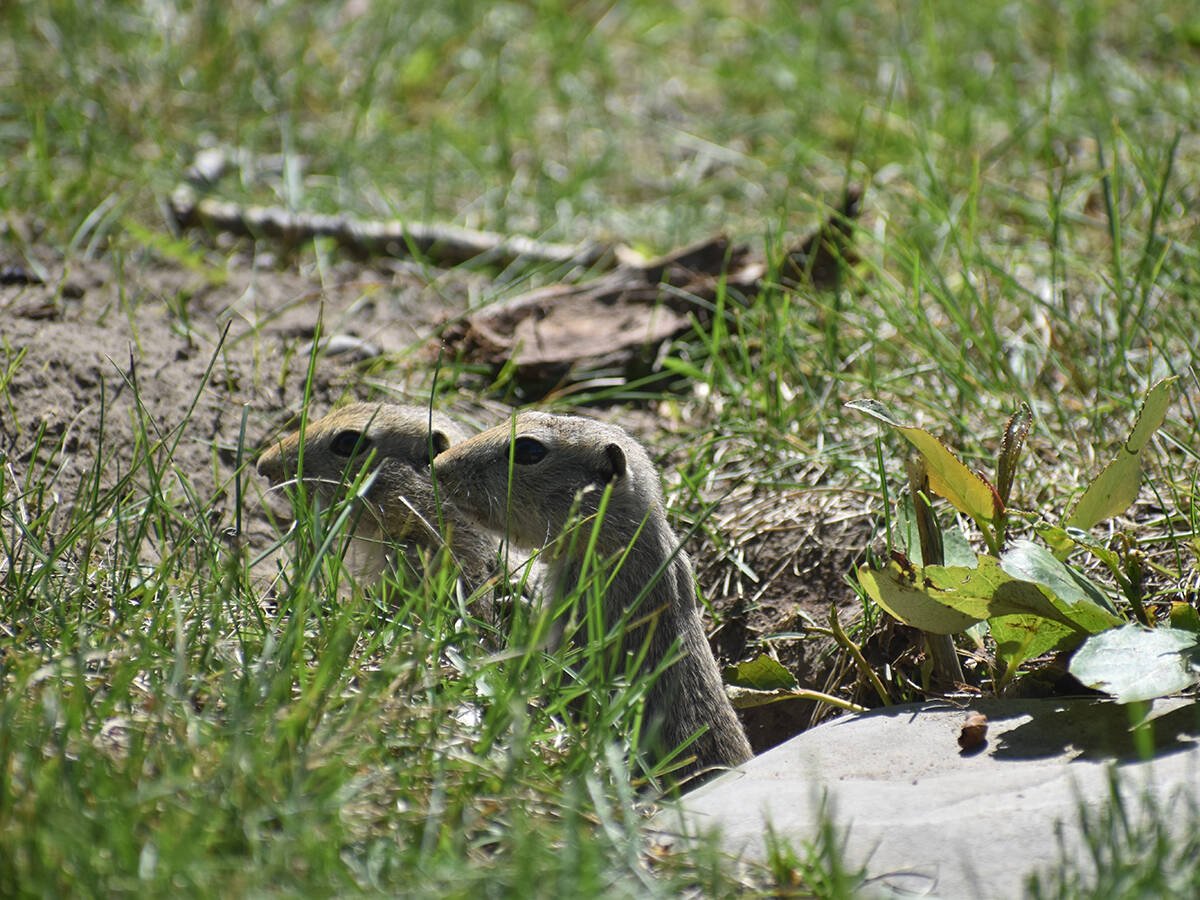Mothers tell kids not to play with their food, but an American farmer is inviting people to do just that.
Brett Herbst, of Provo, Utah, cuts mazes in cornfields in the United States and promotes the walk-in puzzle as entertainment. He trimmed his first field in Utah in 1996 and last year added a couple more in Idaho. This year the idea will bloom in 14 other U.S. fields from the Midwest to California, Herbst said.
Speaking in a twangy drawl during a phone interview, Herbst said the idea has become a full-time job. It is “most definitely” a paying venture, said the 27 year old, who graduated four years ago with an agri-business degree.
Read Also

Rural officials hopeful strychnine use will resume
The Saskatchewan Association of Rural Municipalities is taking a verbal commitment from the federal agriculture minister on strychnine use as a good sign.
“I did farm and I still consider myself a farmer. I plant corn too, but I use it for a different purpose.”
He would not say how much more a cornfield can make as fun rather than feed, but last year the three labyrinths attracted 82,000 people at average prices of $5 per adult and $3 for children.
Herbst, who grew up on an Idaho farm, said there is an educational side to the mazes. Many of his friends and nieces and nephews did not know what a farm is about. The maze is an opportunity to bring the city to the farm.
Wandering out of the maze can take only 30 minutes; more usual is an hour. But some people have stumbled along the six acres of twists and turns for three hours.
Different patterns can be sheared into the cornfields. Some are what Herbst calls uni-course. You never have to make a choice and simply follow a long, looping path. Others are more complex with islands and dead ends.
Last year’s maze at Lehi, Utah was cut into the shape of the state with its 29 counties outlined and facts about each posted at points along the path. Herbst said it took two weeks in August to ingrain the map into the three-metre-high corn. This year he is trying a beehive-shaped maze in the same field.
All of his mazes are in cornfields because the crop is so tall. For Canadians who might like to try the idea but can’t grow the crop, he suggests sudan grass or sorghum. Hay bales also work, but Herbst said they are for children because they do not have the scale of the corn mazes.
Just why are mazes appealing?
“The maze has intrigued humans for centuries,” said Herbst. “We’ve all done them on paper. It’s kind of a challenge to the mind and we all like overcoming something.”














